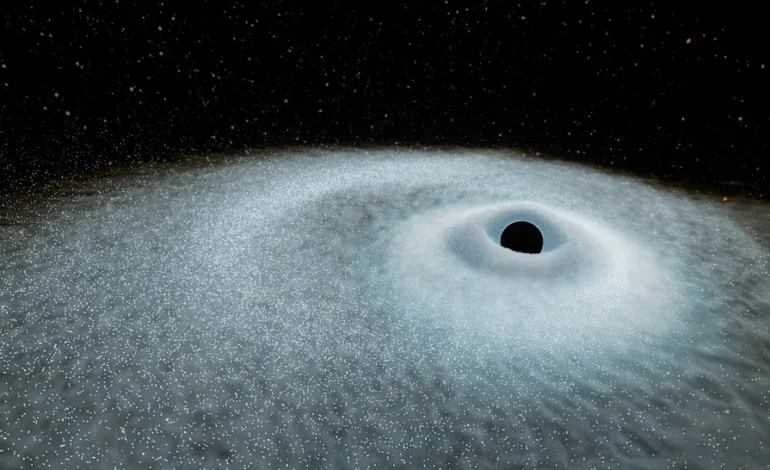Astronomers have uncovered a new class of cosmic events so powerful and luminous that they outshine previously known stellar explosions by nearly an order of magnitude, Space.com reports.
Termed “extreme nuclear transients” (ENTs), these rare and long-lasting bursts of energy may represent the most powerful cosmic explosions observed since the Big Bang.
Extreme nuclear transients are incredibly energetic explosions that occur when massive stars—at least three times the mass of our Sun—are shredded by the gravitational pull of supermassive black holes at the centers of distant galaxies. While similar events, known as tidal disruption events (TDEs), have been recorded before, ENTs stand apart due to their exceptional brightness and duration.
“These ENTs are different beasts,” said Jason Hinkle, lead author of the study and researcher at the University of Hawaii’s Institute for Astronomy. “They reach brightness levels nearly ten times greater than what we typically see in known events like TDEs.”
The discovery of ENTs began when Hinkle examined data from the European Space Agency’s Gaia spacecraft, which recorded two unusual flares in 2016 and 2018. A third, similar event spotted in 2020 by the Zwicky Transient Facility (ZTF) provided additional evidence that these were not conventional supernovae or standard TDEs.
Unlike typical TDEs that fade within hours or days, ENTs remain luminous for years, radiating more energy than even the brightest supernovae. One event, named Gaia18cdj, emitted over 25 times more energy than the most powerful supernova ever recorded—surpassing the total energy output of 100 suns over their lifetimes.
While ENTs are also caused by the destruction of stars by black holes, the mechanism behind their longevity and power remains under investigation. Their prolonged duration and immense energy suggest a distinct physical process from known TDEs or stellar explosions.
“Not only are ENTs far brighter,” Hinkle noted, “but their energy output continues for far longer, making them fundamentally different from what we’ve observed before.”
The brightness of ENTs allows astronomers to detect them across vast cosmic distances, offering a new window into the early universe. According to co-author Benjamin Shappee, also of the University of Hawaii, these events provide valuable insights into the growth of supermassive black holes and the dynamics of galaxies during periods of intense star formation.
“By studying these flares, we gain a clearer view of black hole activity when the universe was much younger and more active than it is today,” Shappee explained.
The full study was published on June 4 in the journal Science Advances.










The latest news in your social feeds
Subscribe to our social media platforms to stay tuned